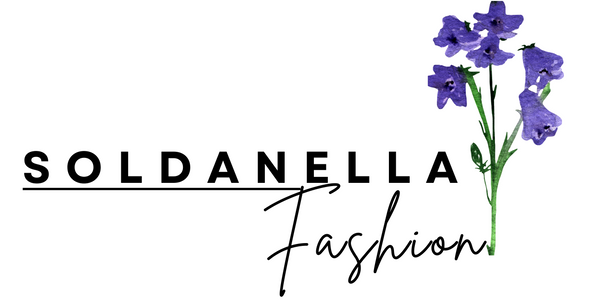Recent US trade policies are raising the cost of imported clothing. On February 1, 2025, the US announced an additional 10% tariff on Chinese goods, plus higher tariffs on several countries. China will face about a 34% tariff on apparel. The duty-free threshold for small parcels from China has also been eliminated: shipments under $800 now incur a 30% or higher duty. Since roughly 98% of US clothing is imported (with China as a top source), fashion retailers are bracing for higher costs. Analysts warn these changes “are likely to raise prices and weaken consumer confidence.”
Evidence shows tariff increases eventually push retail prices up after a short lag. So far, import prices and clothing prices have risen modestly (about +6% for imports, +4% retail since 2015), but new levies could change that trend. In China, small factory owners report the combination of tariffs and new Trump-era import fees has “severely affected” their business – one owner exclaimed, “You can’t sell anything to the US now, the tariffs are too high.”infobae.com. In short, expect future modest increases in garment prices in US stores. For consumers, it means shopping smarter: buy durable basics, consider domestic or sustainable brands, and look for sales.
Key Recommendations:
-
Be aware that many Chinese-made clothes now carry an extra 10–34% tariff, raising costs.
-
No more duty-free small imports: small online orders from China will have hefty duties.
-
The US fashion industry is heavily import-based; higher costs often pass to retail prices.
-
Expect slight price hikes on everyday basics. Plan your budget accordingly.
-
Focus on buying quality (so each item lasts longer) and explore resale or local alternatives to avoid inflated import costs.
